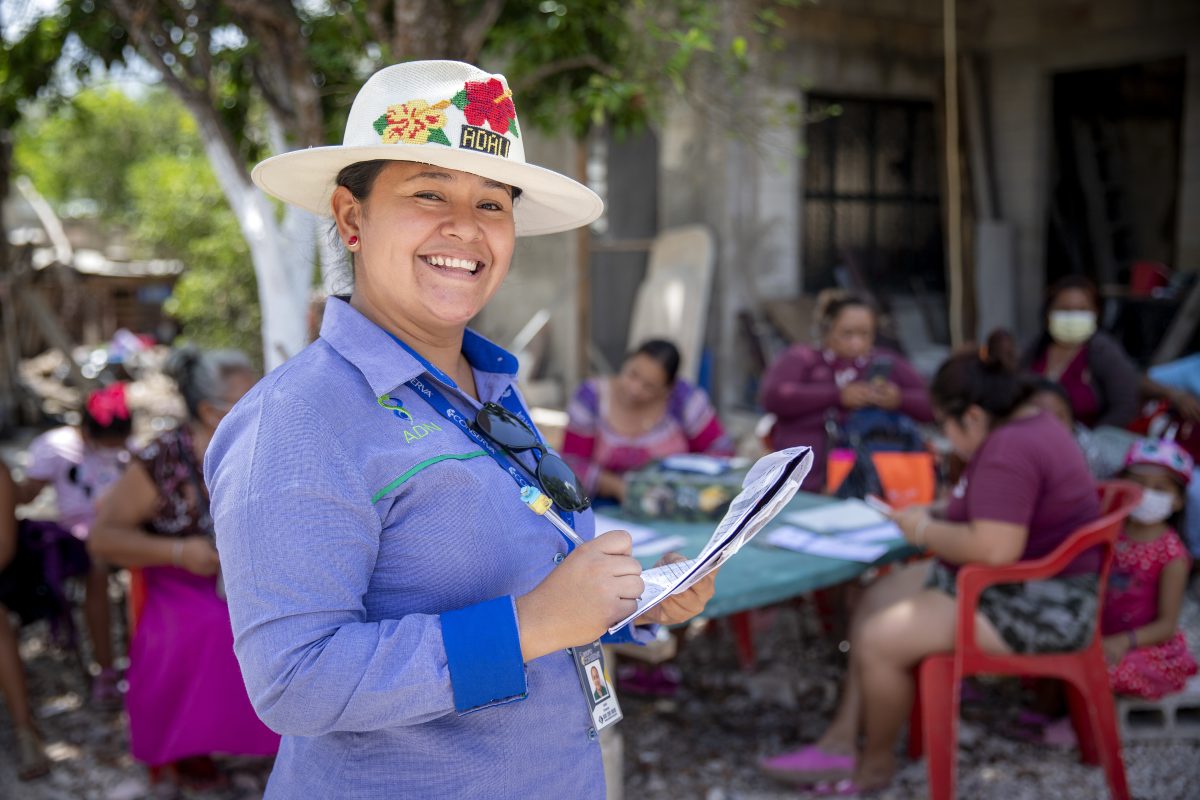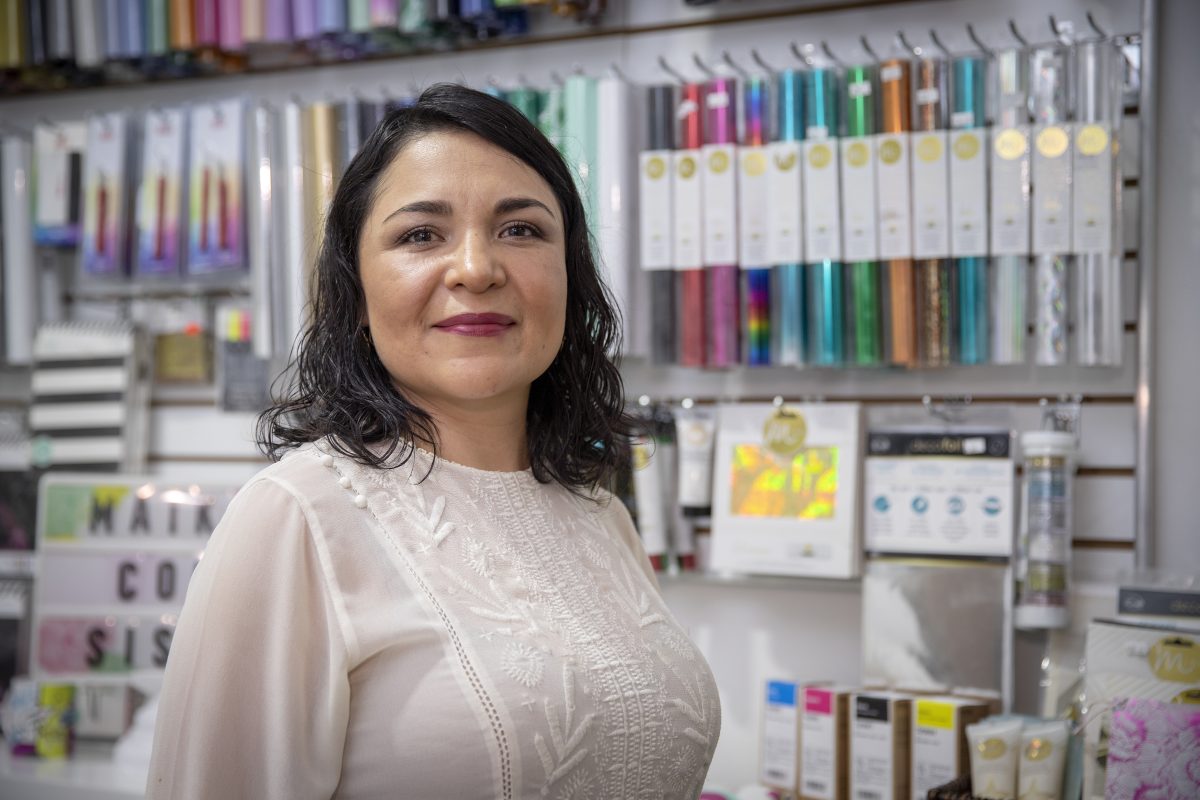In September, USAID CATALYZE joined in a half-day event with USAID INVEST and the Aspen Network of Development Entrepreneurs (ANDE) Gender Equality Initiative, to discuss critical challenges and opportunities related to fostering women’s economic growth through entrepreneurship, and in particular, improved access to finance for women-owned small- to medium-sized enterprises (W-SMEs). The event hosted a diverse group of experts and advocates representing financial intermediaries, investors, fund managers, business advisory service providers (BASPs), and USAID’s Gender Equality and Women’s Empowerment and Private Sector Engagement (PSE) Hubs. The event engaged participants through small group workshops and roundtables to identify and discuss key learnings from both supply- (financial intermediaries) and demand- (W-SMEs) side perspectives, as well as through a broader gender finance ecosystem lens.
Addressing supply-side factors for W-SMEs
The supply-side analysis of the event focused on what are the real and perceived factors related to financial institutions not widely supporting W-SMEs. Whether it’s unconscious biases, lack of understanding of the different needs of women entrepreneurs, or a lack of women in decision-making roles, continued learning around the nuances of these factors from a lending perspective is critical for gender lens advocates as part of continued engagement with financial institutions to remove these barriers.
The conversation outcomes from the event mirrored much of what USAID CATALYZE sees in its daily supply-side work through its Women’s Economic Empowerment (WEE) activity. Positive, committed leadership at the highest levels of decision making within financial intermediaries to invest in W-SMEs, for example, is fundamentally necessary for any pivots towards effective gender lens investing. Many financial intermediaries plan, make decisions, and operate with implicit – and at times, explicit – biases against W-SMEs as investable businesses, despite their clear potential. These biases trickle down in tangible ways, ultimately impacting in negative ways the amounts and types of financing available to W-SMEs. Where efforts have been made by financial intermediaries to introduce gender lens investing, these approaches are often short-term token projects satisfying diversity or corporate social responsibility objectives. From this conversation, several key principles emerged when considering supply side challenges and solutions:
-
- Leadership matters. Financial intermediaries with some level of existing leadership commitment (e.g., board of directors, executive decision-makers) to gender or broader social impacts are more likely to commit to and integrate gender lens financing into its operations and longer-term sustainability strategies.
- Building on what exists. Finding appropriate entry points and aligning with financial intermediaries’ existing strategies to integrate gender lens investing is critical to achieving early-stage buy-in and the operational foundation for longer-term growth of gender financing within the company.
- Gender contributions to growth objectives. Gender lens investment strategies should be adopted by financial intermediaries as long-term, sustainable contributors to achieving growth objectives, not just as short-term initiatives siloed from core operations.
- Tangible results, compelling storytelling. Data around profitability, risk, and default rates will ultimately be the most effective in demonstrating the business case for investment in W-SMEs, complemented by powerful storytelling that blends together the broader impacts of gender investment.
- Tailored gender services. Operationalizing gender lens financing requires engaging W-SMEs to identify tailored approaches meeting their needs and tackling gendered barriers to accessing finance.
- The power of sharing. Financial intermediaries will follow and adopt when presented with a pathway to proven results. Successful models yielding results should be systematically showcased to interested financial intermediaries and across the industry writ large.
While the perspectives of participants in the event were diverse, a clear, shared learning emerged: Gender lens investing advocates and W-SMEs have been making the business case to the finance industry on the potential of investing in W-SMEs for years, though large-scale, substantive changes in behavior continue to be elusive. To help with greater uptake across the finance industry, engagements and evidence building must now also consider the how; that is, how do financial intermediaries operationalize these strategic pivots to integrate tested, evidence-backed gender lens investing models more effectively into long-term sustainability planning and decision making. Further, from the event it was clear that working towards closing the $1.7 trillion financing gap for W-SMEs globally will require stakeholders to be innovative and not rely on standardized models that fail to consider the diverse cultures, missions, and underlying operational models of banks and FIs.
Operationalizing gender lens financing
CATALZYE WEE is contributing to this conversation around the how through its work with three global partners, each offering a unique model to improve access to finance for W-SMEs. WEE grants have helped leverage leadership commitments within each partner to spark innovative approaches that better tailor gender-based finance systems and services, while also achieving profitability objectives.
Lendahand, for example, is using an innovative crowdfunding approach to decentralise investment in women from institutional investors to online retail investors. This model blends social impact with financial return, allowing investors to invest in causes they are passionate about – like gender lens financing – while also achieving a financial return on investments. Specifically, the WEE grant has helped Lendahand develop and launch improved due diligence systems that quicken on-boarding for smaller W-SMEs, recognizing the importance of tailoring processes and services to meet the unique needs of women business owners. In the past year, this model has led to more than $11 million in financing for W-SMEs.
 Photo courtesy of Lendahand
Photo courtesy of Lendahand
WEE helped BAC Propemi, a financial institution in El Salvador, develop a new point-of-sale (POS)-based loan product which allows women to complete the majority of a loan application from home and without collateral requirements, overcoming two of the primary barriers that women often face in accessing finance. The grant has helped BAC build on its history as a financial institution that effectively leverages technology to meet targeted segments within the market, like women business owners.
Further, WEE is supporting Sarona Asset Management to raise a $100 million fund-of-funds that specifically targets women-led funds and W-SMEs, thus channelling financing not only directly to W-SMEs, but also to women-led funds who will drive further funding flows to W-SMEs. Through the WEE grant mechanism, each model prioritizes data generation in the design, implementation, and monitoring and evaluation phases as the foundation for enhanced impact-oriented data integration into storytelling and learning.
WEE also supports other CATALYZE activities to mobilize capital for W-SMEs in 26 countries worldwide, spanning green finance, financial, agriculture, Information & Communications Technology (ICT), tourism, healthcare, commercial care, garments, social protection, infrastructure, and Water, Sanitation and Hygiene (WASH) sectors. CATALYZE sees investment in gender as a critical strategic component to its private sector mobilization objectives because of its potential impact and applicability across sectors and intervention areas.
 Photo courtesy of Lendahand
Photo courtesy of Lendahand
Conclusion
The September 12th event with INVEST and ANDE was a productive conversation that convened experts and advocates to capture the current thinking around opportunities and challenges associated with gender lens financing. Through this conversation, it was clear that while gains have been realized over the years in building the case around gender lens investment and its collective potential, the process is not a linear one. Improving uptake among financial intermediaries will ultimately rely on a strategic and iterative mix of pitching potential, demonstrating how to operationalize, producing positive results and learnings from data-oriented models, and systematically communicating a compelling evidence base. WEE looks forward to continuing to share its results and learnings as its partners progress through model piloting.
This is the third post in a jointly produced series entitled “What’s Working in Supporting Women’s Entrepreneurship?” produced from the discussions at the September 12th learning event hosted by ANDE. Read part one on Partnership from ANDE, and part two on The Supply and Demand Challenge from INVEST. Collectively, this series covers the sectors’ success stories and how to recreate their structures to shift purposeful investment into what works, fostering women’s economic growth, and affirming their indispensable role in economic development.
